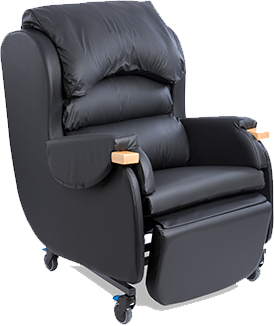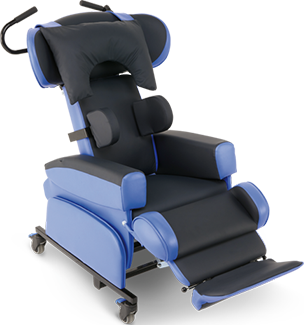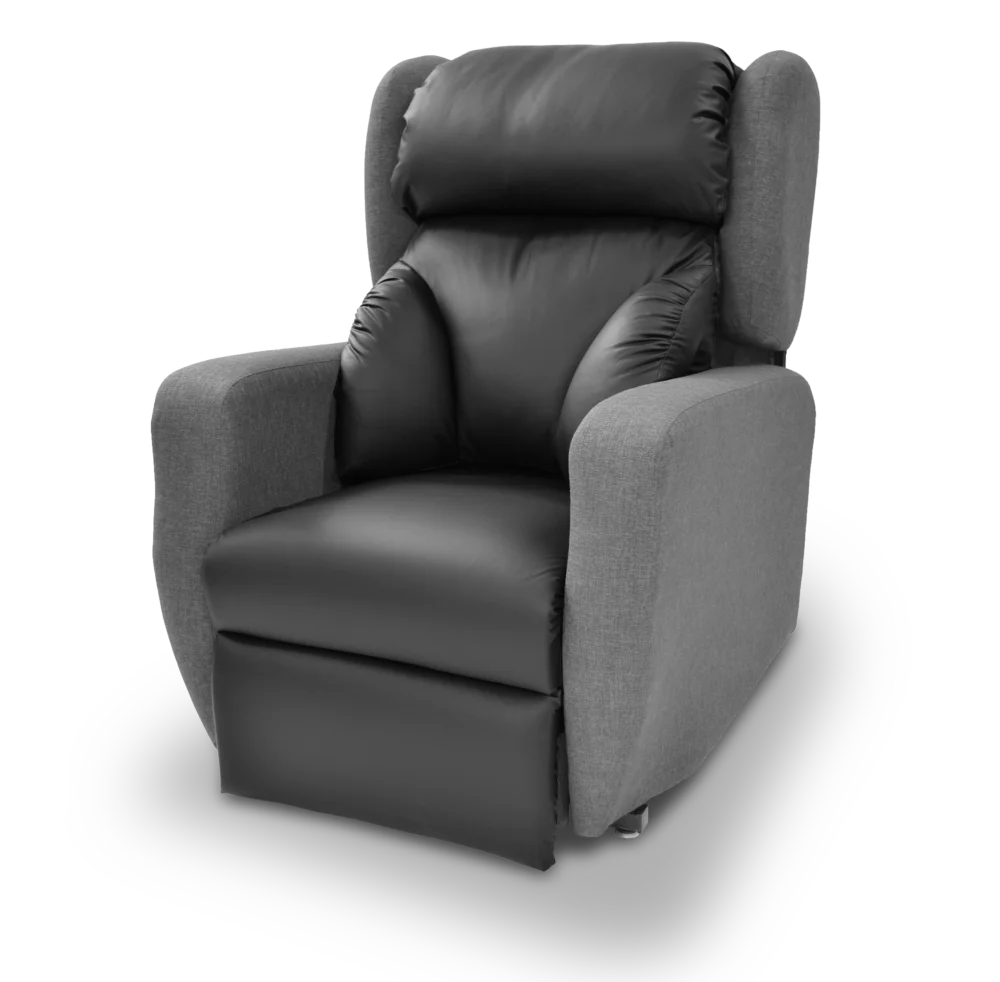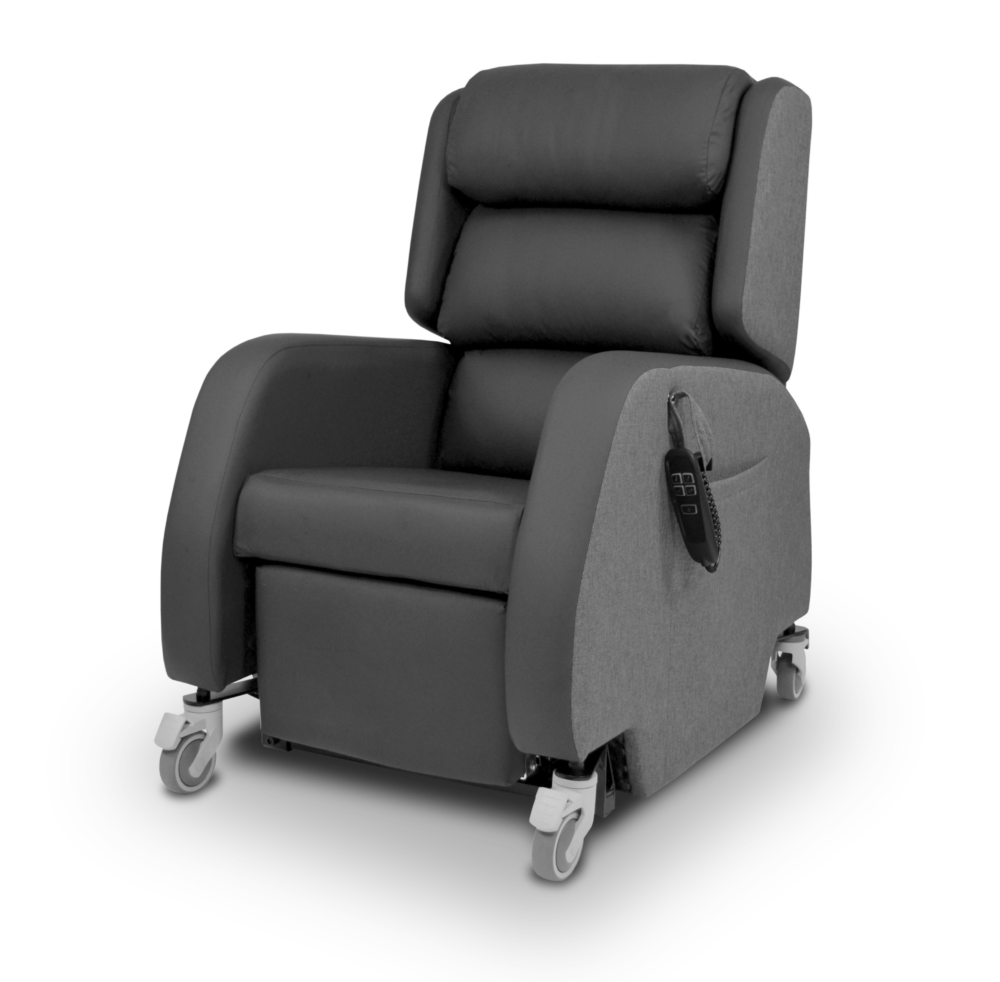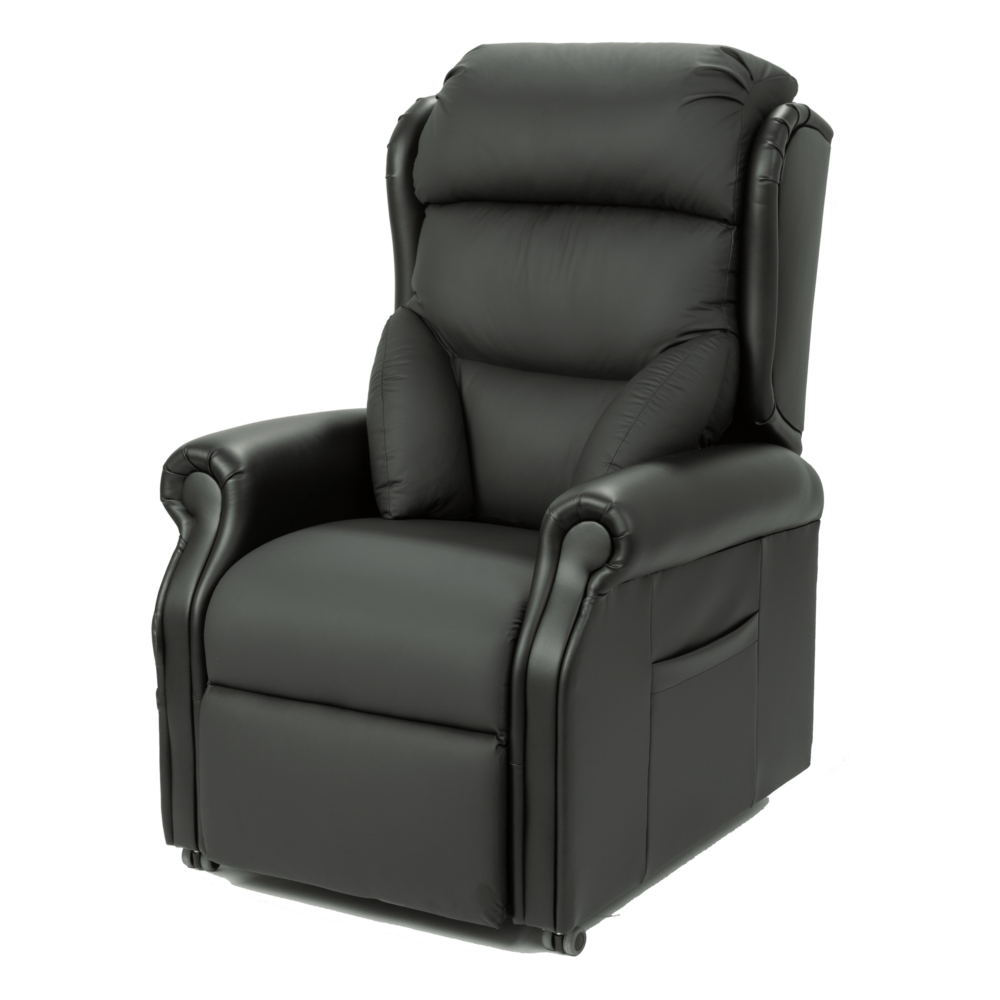What is Parkinson’s disease?
Parkinsons disease is a neurodegenerative disorder of the central nervous system that belongs to a group of conditions called movement disorders, in which parts of the brain become progressively damaged over many years1. Parkinson’s disease is the second most common neurodegenerative disorder after Alzheimer’s disease2.
What is parkinsonism?
Parkinsonism is a term that covers a range of conditions that have similar symptoms to Parkinson’s disease3. Most people with a form of parkinsonism have idiopathic Parkinson’s disease, but there are also some rarer types where a specific cause can be identified, such as medication, other progressive brain conditions and cerebrovascular disease.
What causes the disease?
Parkinson’s occurs when nerve cells, or neurones, in an area of the brain that controls movement become impaired and/or die. Normally, these vital neurones produce a brain chemical known as dopamine, which is responsible for transmitting signals between the parts of the brain and nervous system that help control and co-ordinate body movements1. Parkinson’s disease can appear when a certain amount of dopamine-producing cells are affected. Individuals with Parkinson’s disease also have problems with producing norepinephrine, which is the main chemical of the sympathetic nervous system. The exact cause of Parkinson’s disease is unknown, but several factors are believed to play a role, including:
- Genes
- Environmental triggers
- Lewy bodies
“Parkinson’s disease is the second most common neurodegenerative disorder after Alzheimer’s disease”
What are the symptoms?
The symptoms of Parkinson’s usually develop gradually and are mild at first. Symptoms vary from person to person. The main symptoms of Parkinson’s disease are motor symptoms and affect physical movement:
- Tremor – shaking, which usually begins in the hand or arm and is more likely to occur when the limb is relaxed and resting, and disappears with voluntary movement and sleep
- Bradykinesia (slowness of movement) – where physical movements are much slower than normal, which can make everyday tasks difficult and can result in a distinctive slow, shuffling walk with very small steps. It is associated with difficulties along the whole movement process, from planning to initiation and final execution
- Rigidity (muscle stiffness) – stiffness and resistance to movement caused by increased muscle tone, which can make it difficult to move and make facial expressions, and can result in painful muscle cramps (dystonia)
- Postural instability – typical in the late stages of the disease, resulting in impaired balance and frequent falls
- Writing changes – handwriting becomes more difficult and writing appears small
Although considered a movement disorder, an individual with Parkinson’s disease can also experience a wide range of other symptoms, including:
- Memory problems
- Behaviour and mood alterations
- Cognitive disturbances
- Alterations in autonomic nervous system function
- Depression, anxiety and psychotic symptoms
- Sleep problems
- Changes in perception and vision abnormalities
What postural challenges can result from Parkinson’s disease?
- Flexed posture
- Altered head position
- Increased thoracic kyphosis
- Involuntary movements (tremor)
- Abnormal muscle tone (rigidity)
- Contractures
- Scoliosis
- Change in postural awareness
References
NHS Choices (2016) Parkinson’s disease Available from: www.nhs.uk/conditions/parkinsons-disease/
De Lau LM, Breteler MM (2006) Epidemiology of Parkinson’s disease Lancet Neurol.
Parkinson’s UK (2017) Types of Parkinson’s Available from: www.parkinsons.org.uk/information-and-support/types-parkinsons



